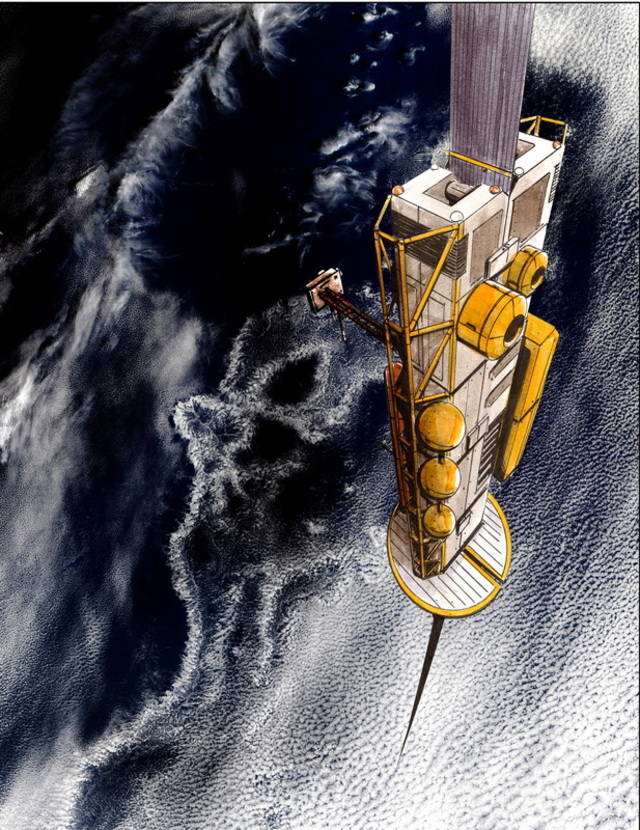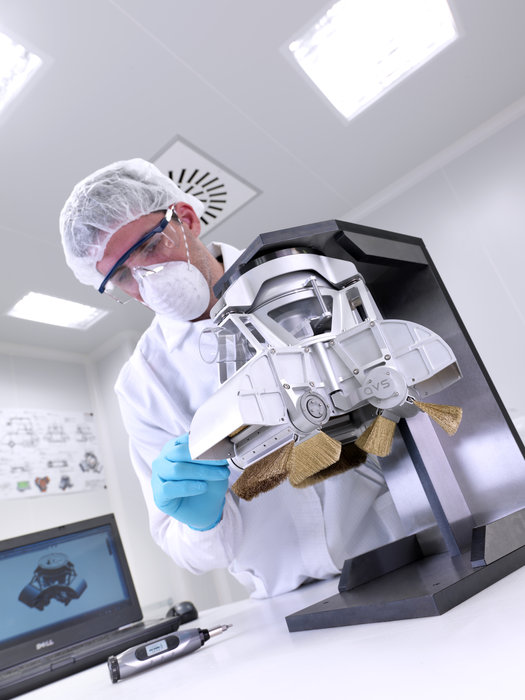Humanity is never going to give up on the idea of finding another lifeform somewhere in this universe, so why not search on something that’s pretty close, like the moon?
The International Lunar Observatory Association, or ILOA from here on out, is launching a plan that seeks to build a lunar base and research facility on the Dark side of the Moon, which is actually only the Far side of the Moon spoken of with some cooler intent.
Right now, there’s about $100 million invested in the project, hoping to land a telescope that will search the galaxy and maybe beyond for extraterritorial life from the dark side of the moon.
According to ILOA founder Steve Durst, the main objective is to better understand the cosmos by observing it from the moon, but the cooler objective to focus on is searching for extraterrestrial life. SETI researchers are listening for interstellar communication—radio waves and micro waves—to see if anyone out there is transmitting a signal.
It’s not a new idea – it’s been around for a few decades now, with the groundwork being laid In a revolutionary 1959 article, “Searching For Interstellar Communications” by Giuseppe Cocconi and Philip Morrison. The SETI@home experiment has attracted millions of people to get involved in a search for “narrow-bandwidth radio signals in space,” by distributing bite-size pieces of data to be sifted through by ordinary computers.
Pretty much anyone can participate, and there’s even a software that can run in the background of a smartphone. Landing a telescope on the far side of the Moon would improve the chances of picking up on signals that might be blocked by interference: Our lights and our telecommunications are both born by and contribute to Radio Frequency Interference (RFI) that is obstructing the search for anything coming from the darkness. In the next three to four decades, the use of radio telescopes will be far too overwhelmed by manmade interference.
For more on telescopes, check out NASA’s public space telescope.











